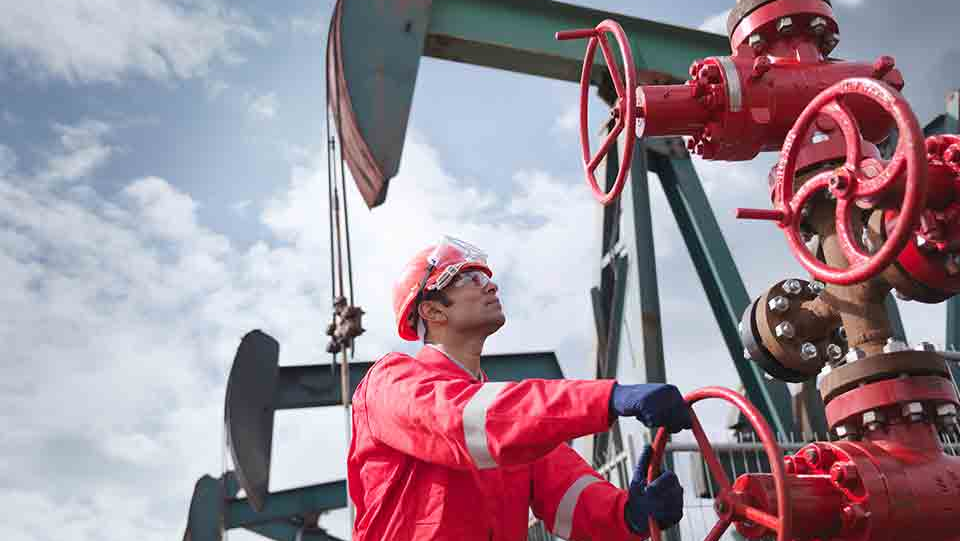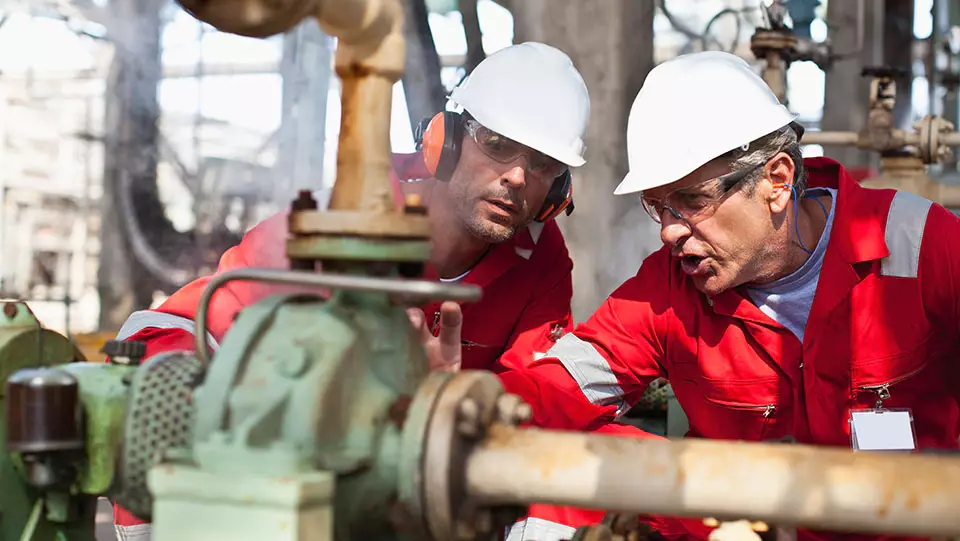5 Challenges Facing the Oil and Gas Industry


Oil and gas companies often operate in a challenging risk environment. Financial risks, such as higher costs and fluctuating energy prices, together with safety concerns and other ongoing factors have the potential to impact a company’s bottom line. Identifying industry challenges and having an effective risk management program in place to address them can help minimize exposures and keep your company ahead of market changes. Below are five significant challenges facing the oil and gas industry today.
1. Litigation trends
![]()
Societal trends such as social inflation can increase the risk of an oil and gas company facing a lawsuit. Changing views toward increased litigation and evolving plaintiff attorney tactics are among the factors contributing to more lawsuits and higher jury awards. The average jury verdict in the National Law Journal’s Top 100 Verdicts more than tripled, from $64 million to $214 million.1
The most effective litigation defense strategy is to avoid a lawsuit altogether. Developing a safety culture focused on accident prevention can help businesses avoid worker injuries that can lead to a lawsuit. A contractual risk transfer program and specialized insurance coverage for oil and gas companies can also help manage these risks.
2. The shifting energy landscape
![]()
Geopolitics, global market disruptions, changes in the mix of energy sources and a focus on transitioning to lower-carbon energy systems will likely alter the future of the oil and gas industry across the planet. As demand for renewable energy continues to grow, oil and gas companies may need to plan steps toward meeting carbon-neutral and climate-affecting goals.2
While fossil fuel is expected to remain the major source of energy in coming years, renewables will experience the majority of energy growth.3 The oil and gas industry may face new challenges as electric vehicles and solar installations become more prominent.4
Identifying strategies to stay ahead of these challenges, such as understanding and following regulations as well as working with policymakers on the industry’s role in new energy, can help mitigate these risks.
3. Supply chain impacts
![]()
Supply chains are increasingly complex and subject to a number of variables, such as price increases, equipment shipping delays and weather events.5 Aspects of drilling exploration, extraction and production may experience increased costs, as these supply chain disruptions that began during the COVID-19 pandemic could be an issue for the foreseeable future.
Oil and gas companies may benefit from taking steps to anticipate and manage supply chain issues before they occur. Supply chain management can include checking the quality of materials and spare parts when evaluating alternative suppliers. Without consistent inspections, substandard products could find their way into your supply chain.6
Having a resilient supply chain and inventory management system in place may also be effective to help ensure the continuity of operations. Choosing to purchase bulk quantities of materials could help avoid inventory shortages. However, bulk storage could lead to an increased property risk. It is crucial to make sure you have accurate and adequate insurance to value (ITV) on your inventory. Equipment should be properly stored, secured and protected. Remember to notify your insurance agent if you plan for any drastic changes in storage of supplies.
4. The labor shortage
![]()
One of the biggest challenges facing the oil and gas industry is a steady decline in the available workforce over the past 10 years.7 Fluctuations in the industry, coupled with sometimes difficult work conditions in remote areas, has caused some workers to leave the oil and gas industry for more stable positions.8
In response, companies may need to look to new workers who require extensive training or rely more heavily on third-party contractors, potentially increasing the risk of workers compensation and liability claims. Developing strong onboarding and retention strategies can help to make employee recruiting more effective. These can include comprehensive training and mentoring programs that drive performance and safety and broaden the labor pool.
With structured on-the-job training, workers in other fields can translate their skills to the oil and gas industry. It is important to remember that employees with twelve months or less of experience tend to have a higher rate of injury.9 Working with an insurance carrier that has the extensive resources to help its customers implement effective hiring practices, onboard and train new workers and develop other safety measures can help attract and retain qualified employees.
5. Market volatility
![]()
World events and natural disasters can disrupt otherwise smooth business operations and affect bottom lines across the oil and gas industry.10 During times of volatility, it is helpful to have a strong business plan in place, with attention to capacity and reserves, and develop a comprehensive risk management program and a current business continuity plan. These strategies can help to secure operations amid business changes and help companies adjust to a cyclical market. Should an event such as a critical equipment failure, cyberattack, fire, flood or earthquake transpire, solid planning can help restore operations quickly.
While a number of factors can challenge oil and gas operations, a solid understanding coupled with plans and strategies may help your business respond successfully. Don’t forget to update and review your contingency plan regularly with a qualified professional familiar with the risks and needs of your business and industry. Along with the right insurance coverage, time spent developing, updating and communicating your plan is a proactive way to mitigate risks and maintain financial viability amid uncertainty.
Sources:
1 The National Law Journal’s 2016 and 2019 editions of the Top 100 Verdicts
2 https://www.energy.gov/eere/iedo/low-carbon-fuels-feedstocks-and-energy-sources
3 https://www.eia.gov/todayinenergy/detail.php?id=49876
4 “Home solar panel adoption continues to rise in the U.S.” Pew Research Center, Washington, D.C. (October 14, 2022)
5 https://www.travelers.com/resources/business-topics/supply-chain-management/global-supply-chain-management-tips
6 https://www.travelers.com/resources/business-topics/supply-chain-management/counterfeit-parts-detection
7 https://data.bls.gov/timeseries/CES1021100001?amp%253bdata_tool=XGtable&output_view=data&include_graphs=true.
8 https://www.eia.gov/todayinenergy/detail.php?id=27392
9 https://www.travelers.com/resources/business-topics/workplace-safety/managing-the-risks-of-injury-to-first-year-employees
10 Macro factors and the realized volatility of commodities: A dynamic Network Analysis.



